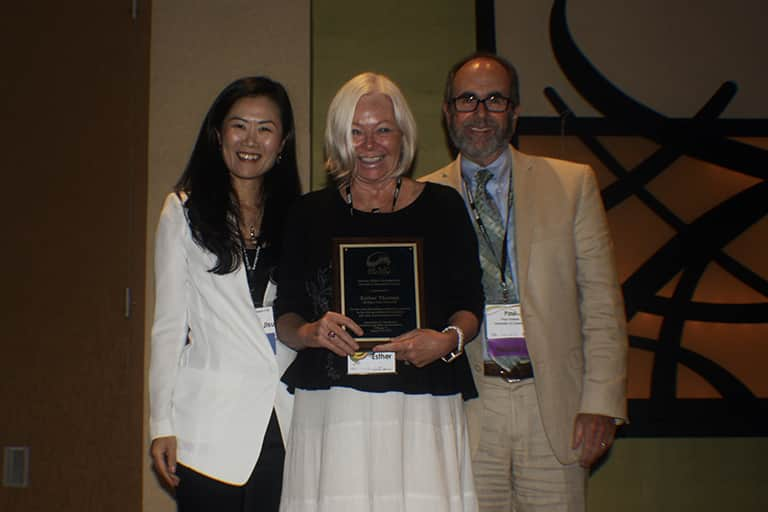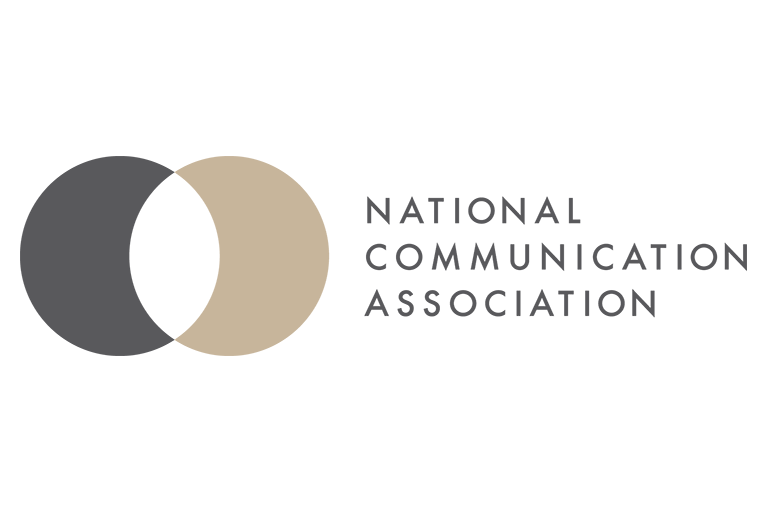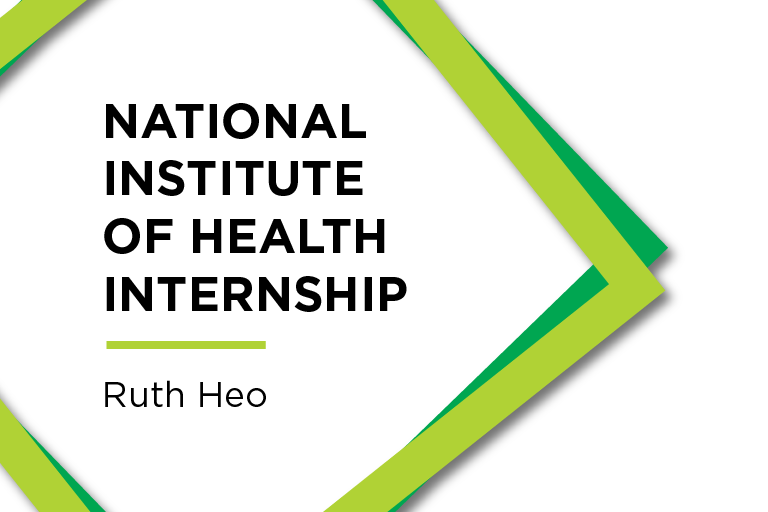Serena Miller Ph.D.

Bio
Serena Miller (Ph.D., Michigan State University) is an Associate Professor at Michigan State University, former Methodology Associate Editor for Review of Communication Research, and a former Associate Editor for Journalism Studies. She previously worked as faculty member at Arizona State University and Bloomsburg University. Informed by mixed methods research and social science/feminist theoretical approaches, her general research interests include social science theory building; philosophy of science; scale development and validation; metascience; and alternative forms of journalism. She enjoys targeting concepts in need of conceptual and empirical specification. Miller teaches scale development and validation; mixed methods; graduate studies; survey research; content analysis; social science theory building; storytelling; data journalism; and digital, multimedia, data, and digital journalism.
Before becoming a teacher-scholar, Miller is a veteran who served in the mechanic's platoon in the U.S. Army, raised crops and cattle on a 1,000-acre farm in South Dakota, and worked as a television news reporter and videographer. Miller, as a first-generation and diverse scholar, approaches knowledge-making by writing narratives that seek to clearly explain concepts, logic, methodological steps, and solutions to help readers learn about the practice of science due to her struggles navigating academia. Her upbringing also influenced her desire to address how scholarly communities socially maintain the boundaries of their field including defining and limiting what is and what is not knowledge. She is not only a researcher but a creative scholar as well. She has won several national and regional awards for her documentary and photographic work on documenting and preserving food cultures of Michigan-area Native American populations as well as preserving nature.
Miller's ultimate goal is to bring out the best in her students to confidently grow as independent scholars, community-engaged professionals, and futurist thinkers through the undertaking of challenging projects and the exploring of their inner architecture. She recognizes that students need to connect to a higher-level inner calling in order to face challenging career pressures and personal life obstacles. She envisions her job as a teacher is to help them discover their potential. To encourage problem-solving, critical thinking, and intellectual curiosity, her classes weave together technical applications, lab experiences, theory, and research. Her students have won professional and research awards from Michigan Association of Broadcasters, International Radio and Television Society, Association for Education in Journalism and Mass Communication, National Institutes of Health, Broadcast Education Association, Southwest Education Council for Journalism & Mass Communication, Association of LGBT Journalists, Society of News Design, Society of Professional Journalists, and Hearst.
Undergraduate Courses
•Broadcast, documentary, and mobile Journalism
•Photography
•Photo and Video Editing
•Documentary Production
•Screenplay writing
•TV Production
•Web Design & Coding
•Visual Communication & Design
•Resume and Portfolio
•Storytelling
•Data Journalism
Master’s
•Intro to Grad Studies
•Solutions Journalism
•Multimedia Reporting
•Advanced Multimedia Reporting
•Web Design and Development
•Quantitative Methods
•Social Media & News
•Media & Society
•Oral History
•Transmedia Storytelling
PhD
•Mass Communication Theory
•Media Theory
•Social Science Theory Building
•Content Analysis Method
•Survey Research Method
•Scale Development and Validation
•Qualitative Research Methods
Roles
University Leadership
Honor’s College Advisor for Journalism, 2022 – present
Information & Media PhD Executive Committee, School of Journalism Chair, Michigan State University, 2014 – 2019
Co-Director of Graduate Studies, MSU's School of Journalism, 2017 – 2018
University Military Education Advisory Committee, 2016 – 2019
University Committee on Faculty Tenure, 2015 – 2017
Council of Graduate Students Representative, University Graduate Judiciary Committee, 2006 – 2007|
Professional Leadership
Editor, Review of Communication Research, Section Editor for Methodology in Communication Research, 2022 – 2024
SAGE Handbook of Survey Development and Application International 14-Member International Advisory Board, 2021-2023
Associate Editor, Journalism Studies, 2018 – 2021
Association for Education in Journalism and Mass Communication’s Standing Committee on Research, 2016 – 2019
Fellowships
Women in Measurement Fellow, 2025-2026
Quantitative Ethnography Fellow, 2025-2026
Alex Trebek Legacy Fellow, Television Academy Foundation, 2024-2025
Solutions Journalism Educators Academy Fellow, 2019, 2022
Investigative Reporters & Editors Educator of Color Fellow, 2022
Spark Camp Fellow, 2018
Future Institute Fellow, 2018
Kopenhaver Center Fellow, 2016
International Radio and Television Society Faculty Fellow, 2015, 2018
Research and Teaching
Research
Media Sociology
Journalistic Practices
Social Media
Data and Visualization
Journalism and Graduate Education
Empirical Methods and Measurement
Qualitative and Quantitative Research Methods
Sociology of Knowledge
Social Science Theory Building
Thematic Research Areas
- Computational Communication
- Health & Risk, Environment & Science Communication
- Political Communication and Civic Engagement


